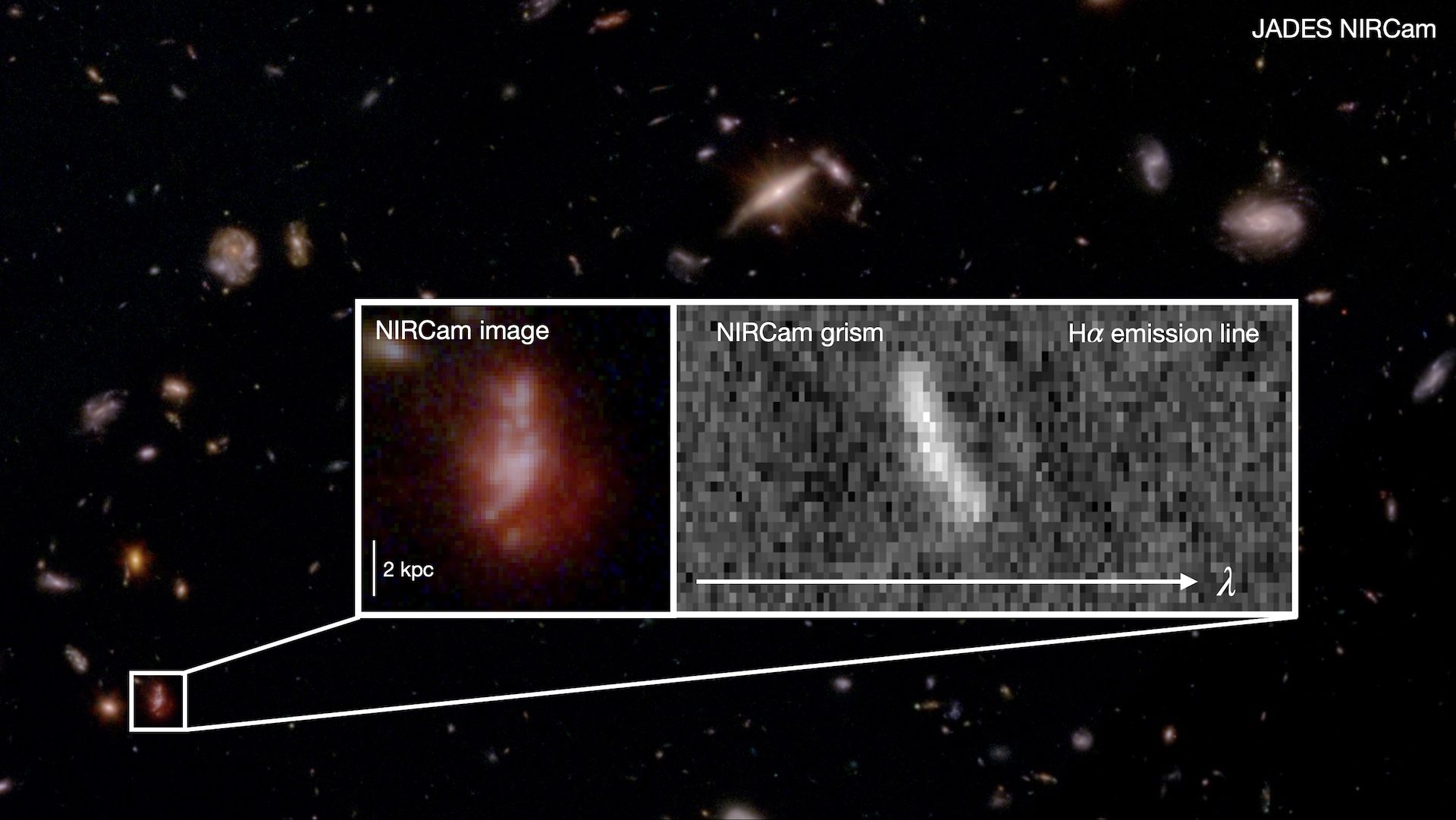Technology
Elon Musks X rolls out pay-per-use API to lure developers back, but theres one big problem
Good news! Elon Musk's X has heard the cries of third-party developers looking to access the platform with their apps and has introduced a new pay-per-use self-serve model instead of a one-time flat-fee subscription.The bad news? Somehow, it seems more expensive than the previous one-time flat-fee subscription model.On Monday, X's Developers account officially announced the beta launch of a pay-per-use API model.
This Tweet is currently unavailable. It might be loading or has been removed.
"We are expanding a closed beta to both new & power users who want to ship amazing apps on X," reads the series of posts from @XDevelopers. "Our top focus is to enable builders by opening up our developer platform."Since Elon Musk took over X, the company formerly known as Twitter, the platform has essentially lost its third-party app ecosystem. Twitter was once known as having the most robust third-party ecosystem of any major social media platform. But Musk's decision to turn the platform's free API into a mandatory subscription service — one with an original starting price point of $42,000 per month — dismantled that ecosystem. Long after many developers closed up their apps, X did introduce lower-priced tiers at $200 and $5,000 per month. However, many third-party app creators found that the lowest tier was more for hobbyists than an app with any semblance of a growing user base. And that $5,000 per month price was still out of reach for many devs.So, what's the problem with a pay-per-use API?The new pay-per-use model appears to be Musk and company's attempt to lure developers back. However, when developers saw the price for the pay-per-use model, it seemed that X's new API would be even more expensive than before.Let's do some math.Previously, at the Basic API tier, a third-party app could read 15,000 posts and publish 50,000 posts per month for $200. Under the pay-per-use model, a single post read costs $0.005 and a single published post costs $0.01. This means in order to read and publish the same number of posts as the previously $200 per month Basic API tier, a developer would now pay $575 per month.
X pay-per-use API pricing to match the limits previously provided under the Basic plan
X API users fully utilizing the Pro plan will also find that it gets more expensive under the new model. Under that tier, an app could read 1,000,000 posts and publish 300,000 posts per month for $5,000. Under the new pay-per-use plan? That same usage increases to $8,000 per month.As Mashable reported in June, X has already lost major customers over API pricing changes.However, according to one X employee, the new pay-per-use model does not affect the Enterprise plans. One X Enterprise API customer also shared on the platform that the pay-per-use self-serve model is capped at the limits described above in the Pro plan, and apps that need more than that are required to sign up at $42,000 per month for the base Enterprise API plan.It's certainly likely, depending on usage, that some developers will find the new pay-per-use model more affordable for their app's specific use case. It also looks like the new model can fill in a gap that's found between X's old $200 Basic and $5,000 Pro tier. Others, however, could find themselves paying more.Before Musk took over X, Twitter could be accessed by numerous app clients, like TweetBot and Twitterific, providing tailored experiences for users. The platform was a must-have for any social media posting app, such as Later, putting Twitter right in the mix with even bigger social media platforms like Instagram and YouTube. Twitter also used to be integrated into every single major video game console.Since Musk's takeover, the vast majority of those integrations, including Sony, Nintendo, and Microsoft, have ended, likely due to the API pricing. For developers nervous about a pay-per-use system, we should note that this is only a beta, and thus subject to further changes, hopefully for the better.
let cbeScripts = {"twitterEmbed":["https:\/\/platform.twitter.com\/widgets.js"]};
let cbeScriptObserver = function (nodeType, scriptsArr) {
let firstElem = document.querySelector('.' + nodeType)
let self = this
if (firstElem == null) {
console.warn(`CBE cannot find element with class .${nodeType} for script observer.`)
scriptsArr.forEach((scriptSrc) => {
const linkEl = document.createElement('link')
linkEl.rel = 'dns-prefetch'
linkEl.href = scriptSrc
document.head.append(linkEl)
window[nodeType + 'Loaded'] = false
this.embedObserver = new IntersectionObserver((entries) => {
entries.forEach((entry) => {
if (entry.isIntersecting && window[nodeType + 'Loaded'] === false) {
scriptsArr.forEach((scriptSrc) => {
const el = document.createElement('script')
el.src = scriptSrc
el.async = true
document.head.append(el);
window[nodeType + 'Loaded'] = true
self.embedObserver.disconnect()
}, {root: null, rootMargin: '750px'})
this.embedObserver.observe(firstElem)
for (const item in cbeScripts) {
new cbeScriptObserver(item, cbeScripts[item])

















